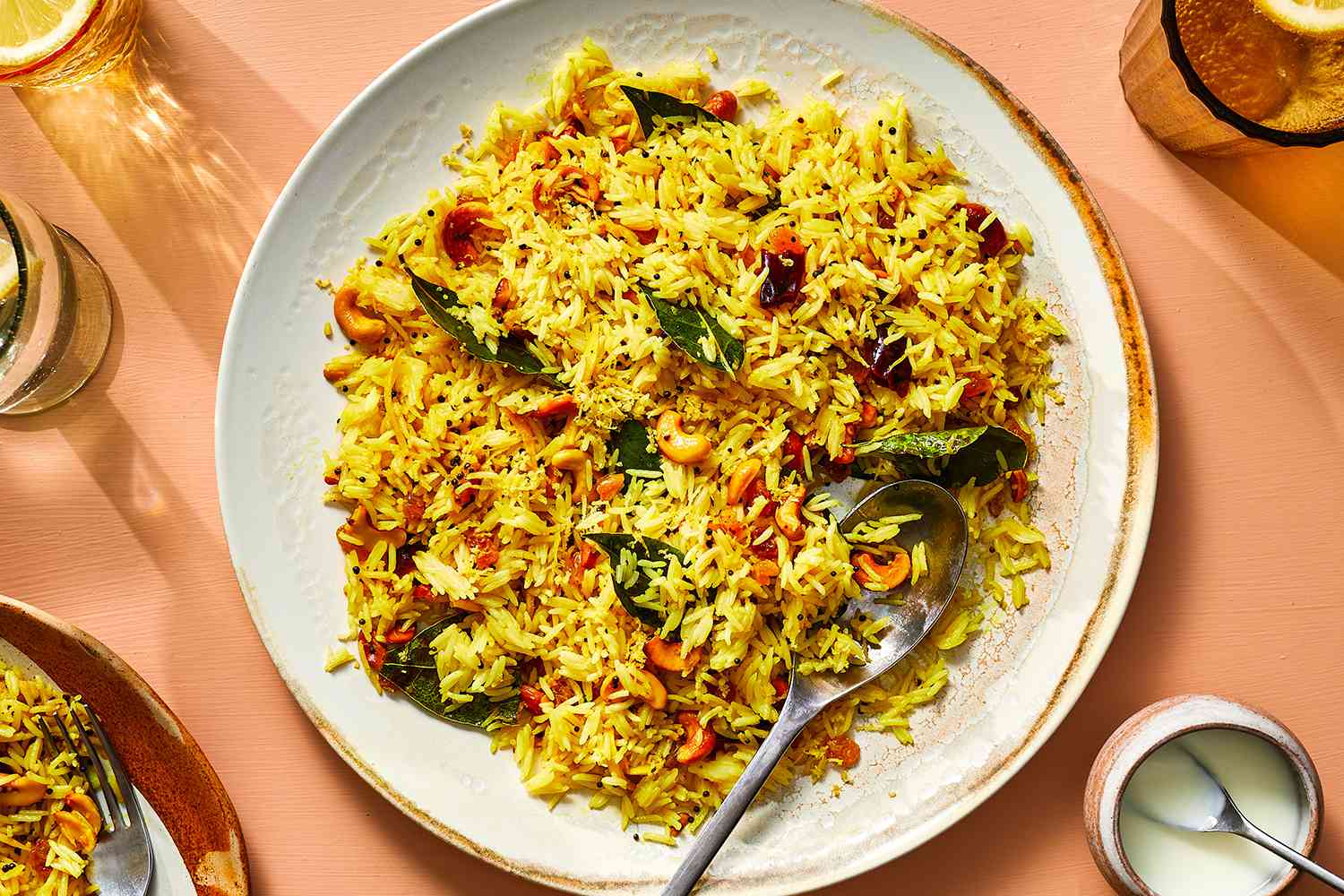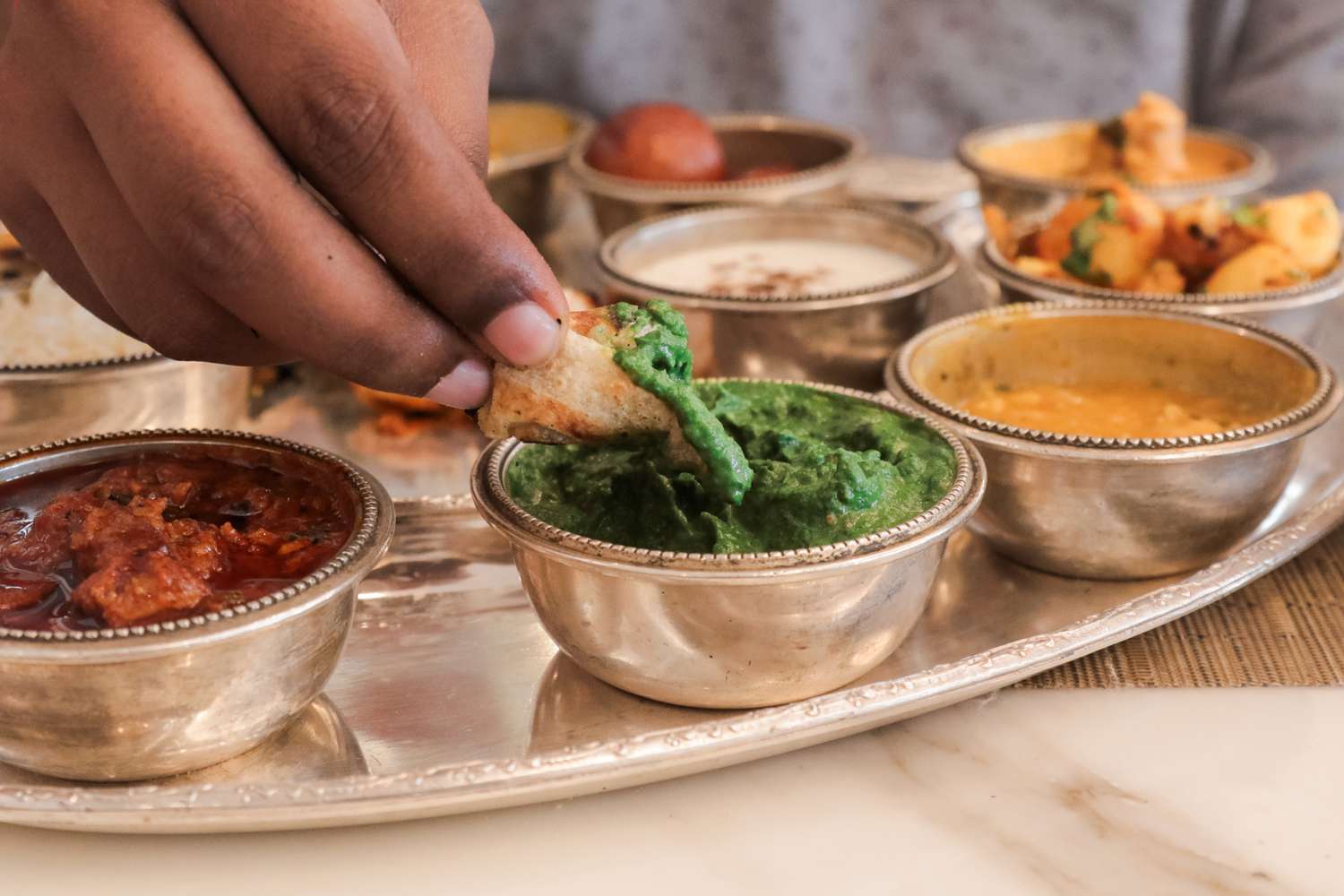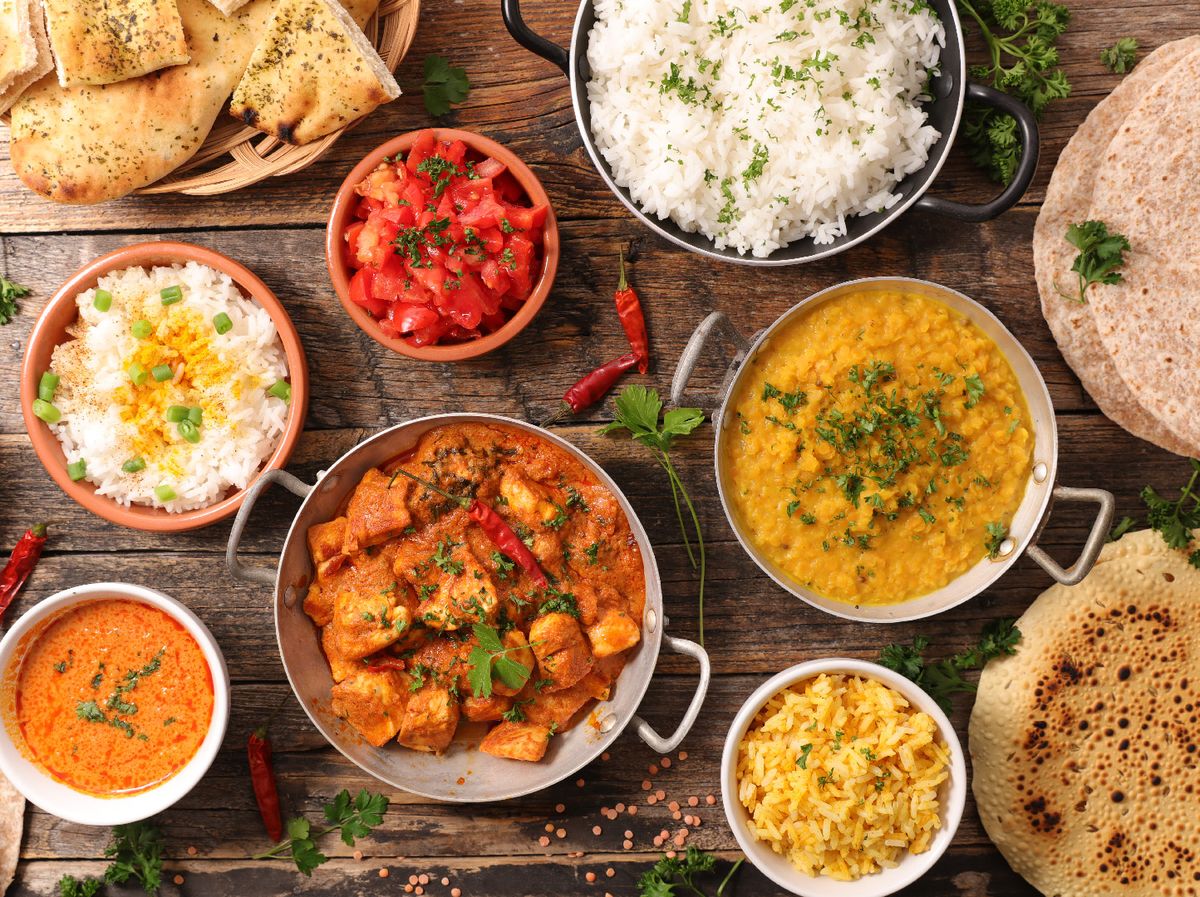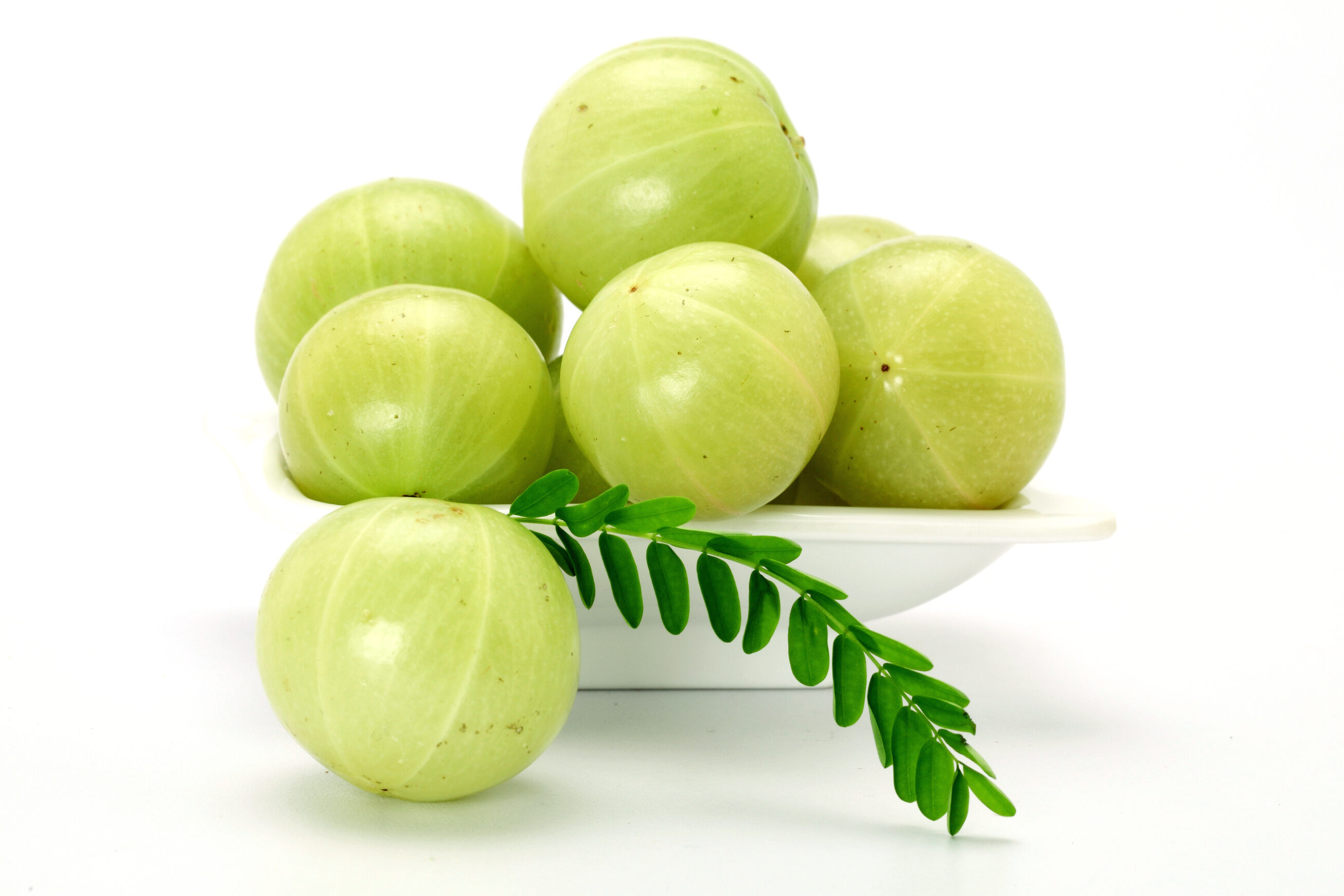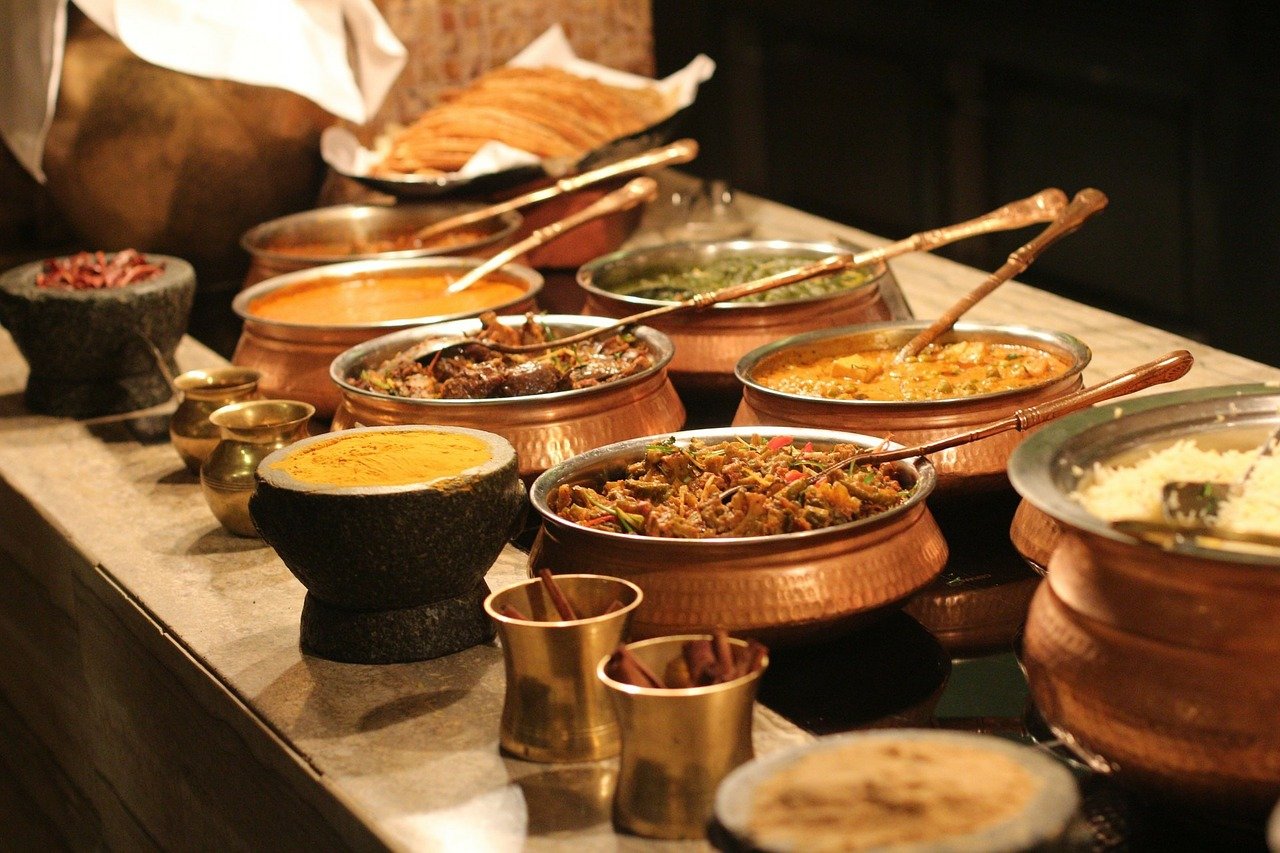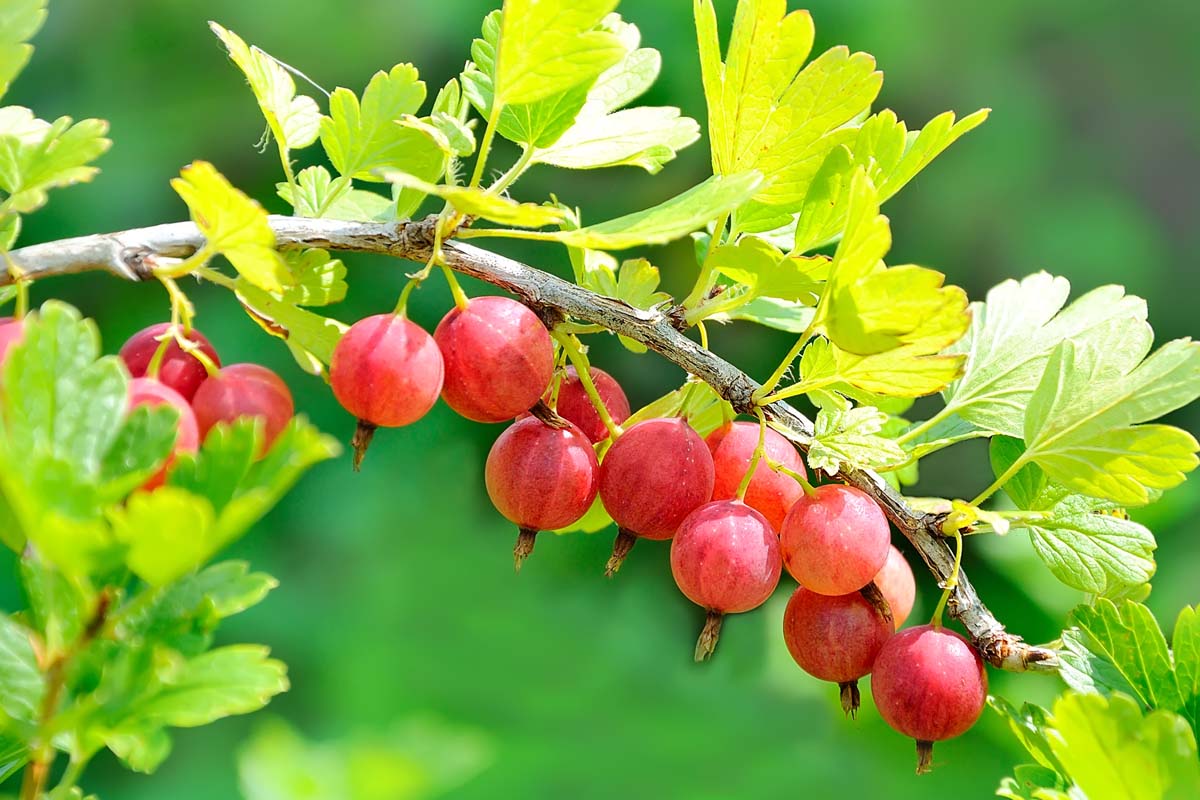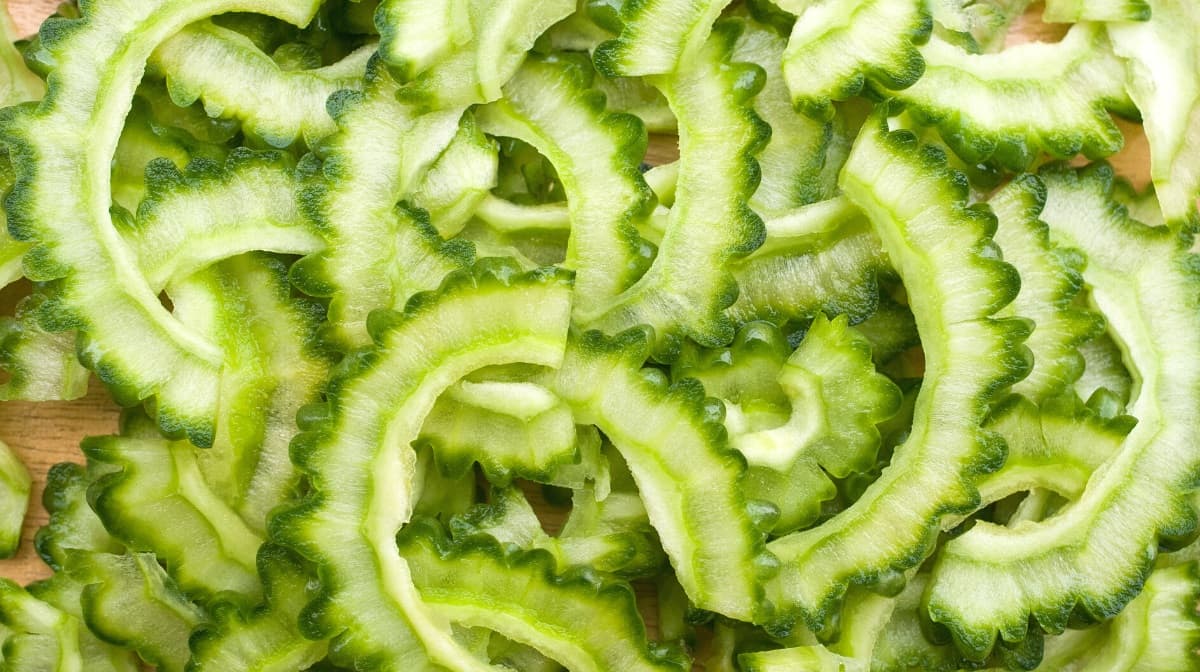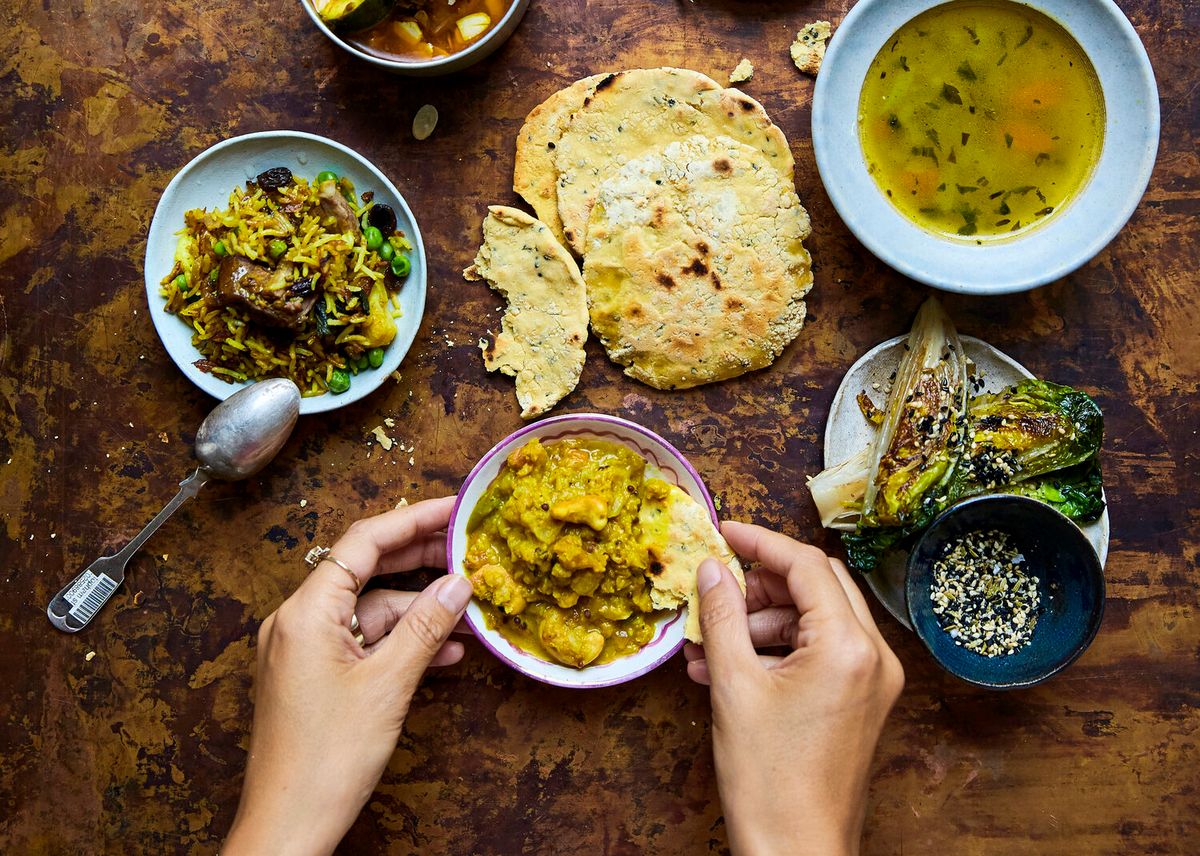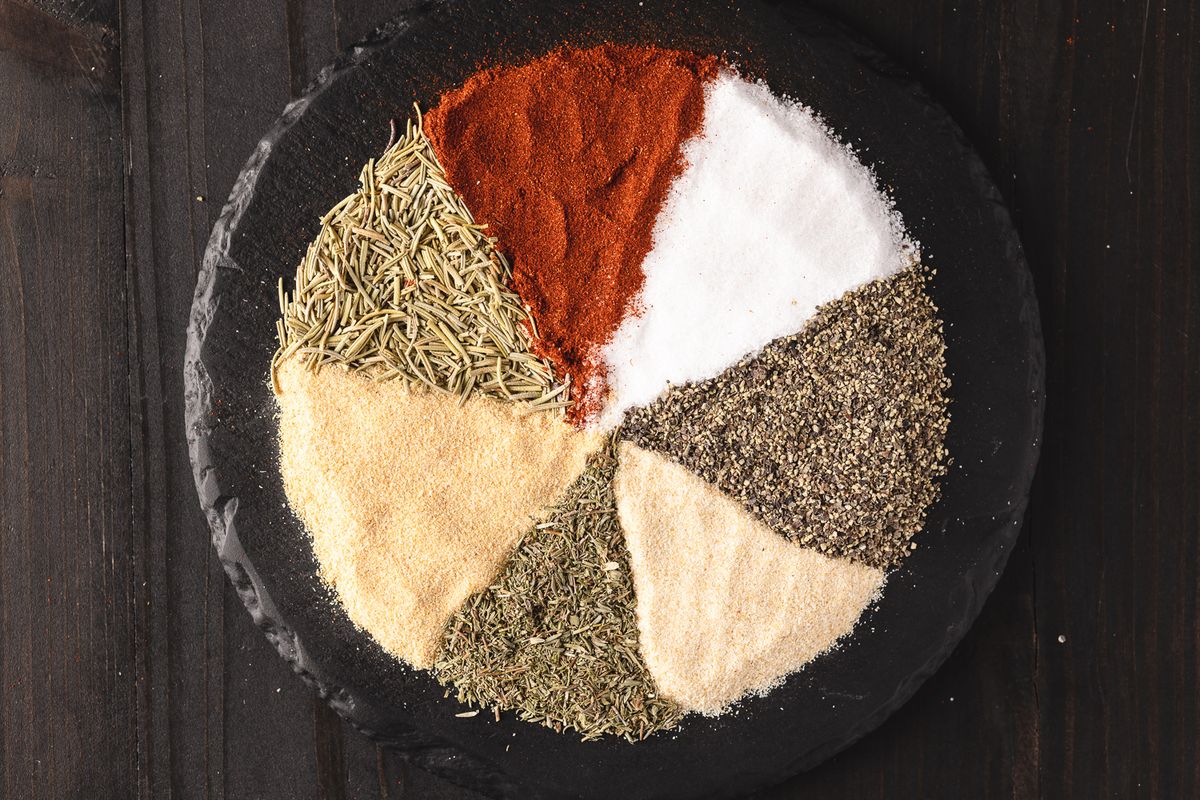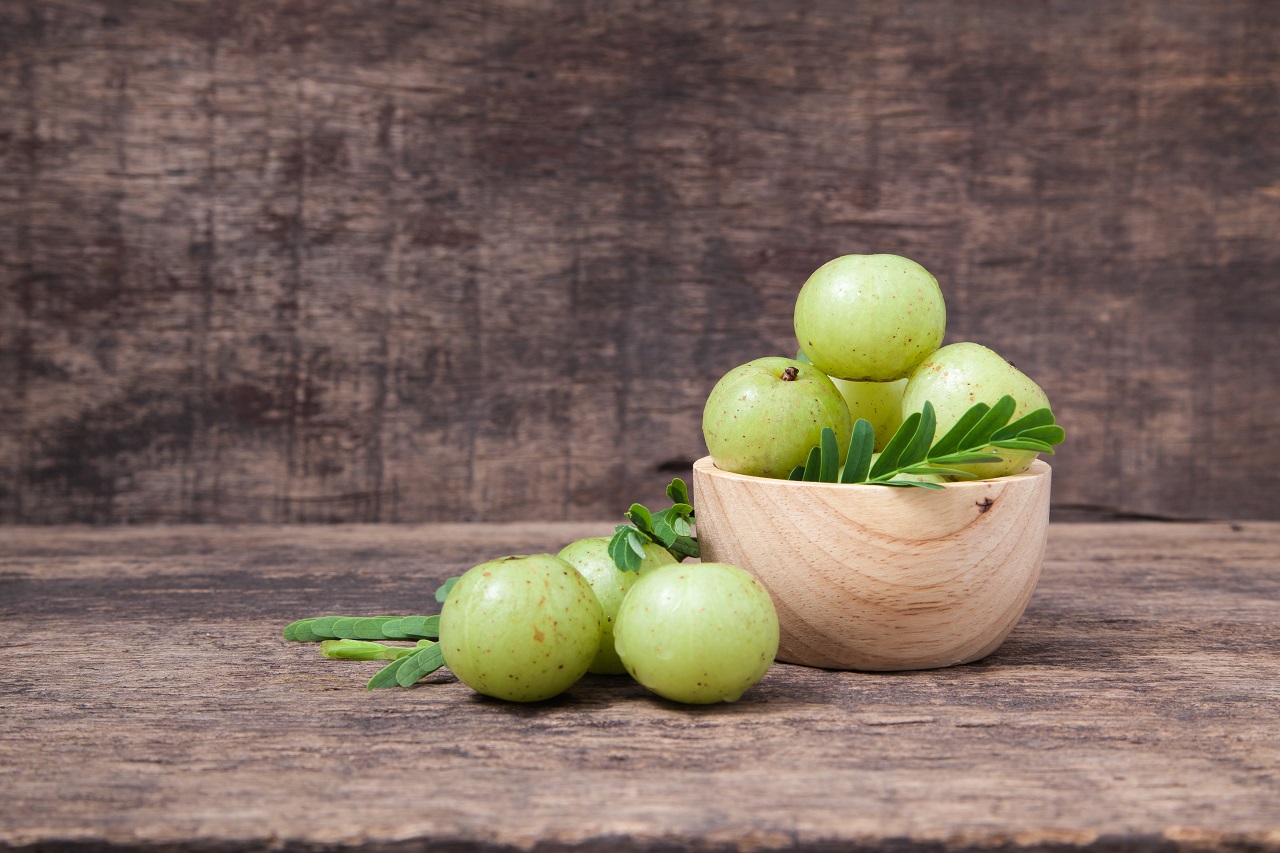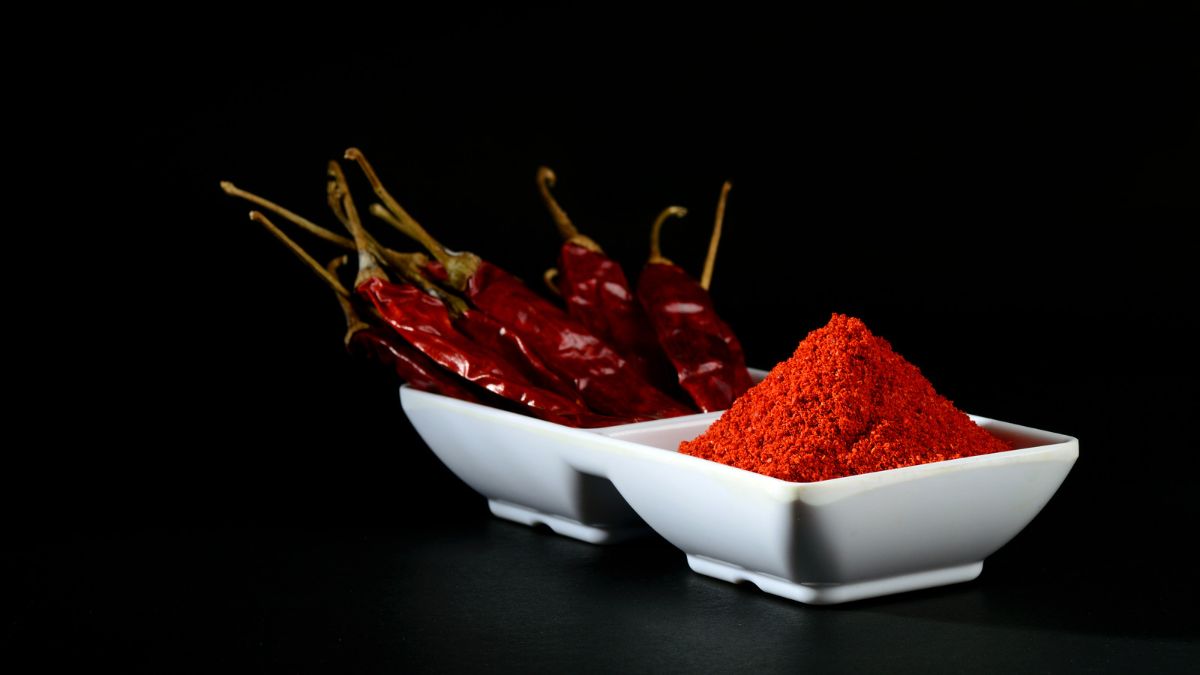Enjoying Indian Food Without the Heat: Tips for Those Who Don’t Like Spices
Indian cuisine is known for its bold flavors and aromatic spices, but what if you’re not a fan of the heat? Many people shy away from Indian food because they find it too spicy, but that doesn’t mean you have to miss out on the health benefits and delicious flavors of this vibrant cuisine. Here are some tips for enjoying Indian food without the spices:
1. Opt for Mild Dishes
When dining at an Indian restaurant or cooking at home, look for dishes that are known for their mild flavors. Dishes like butter chicken, chicken korma, and vegetable biryani are great options for those who prefer a milder taste. These dishes are rich in flavor but are not overly spicy.
2. Request Customization
When dining out, don’t be afraid to ask for your dish to be customized to your taste preferences. Ask the server to make your dish with less spice or to omit certain ingredients that you may not enjoy. Many restaurants are happy to accommodate special requests to ensure their customers have an enjoyable dining experience.
3. Focus on Flavorful Ingredients
Even if you’re avoiding spicy dishes, Indian cuisine is full of flavorful ingredients that can be enjoyed without the heat. Look for dishes that feature ingredients like coconut, yogurt, nuts, and aromatic herbs. These ingredients add depth and richness to the dishes without making them overly spicy.
4. Balance with Bread and Rice
If you find yourself with a dish that’s a bit spicier than you’d like, balance it out with plain naan bread or steamed rice. These neutral accompaniments can help to cool down the heat and provide a nice contrast to the flavors of the main dish.
5. Experiment with Desserts
Indian cuisine offers a wide variety of delicious desserts that are not spicy at all. Indulge in treats like gulab jamun, kheer, and rasgulla, which are sweet, creamy, and free from the heat of spices. These desserts are a perfect way to end your meal on a sweet note.
6. Embrace Yogurt-Based Dishes
Yogurt is a common ingredient in many Indian dishes and is known for its cooling properties. Seek out dishes like raita, a yogurt-based condiment, or dishes that are cooked in a creamy yogurt sauce. These dishes are not only delicious but also help to counteract the heat of any spices that may be present.
By following these tips, you can enjoy the diverse and flavorful world of Indian cuisine without having to worry about the heat of the spices. With a little bit of customization and a focus on milder dishes, you can savor the health benefits and delicious flavors of Indian food without the overwhelming spice.
